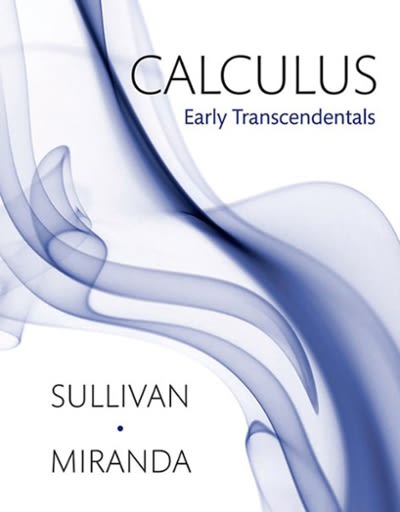2) (15 points) Goldilocks is interested in determining which of the following t= 3 sweeteners . result in the best tasting oatmeal: syrup, sugar, or honey. She would haVe conducted a CRD for the N = 9 bowls of oatmeal in her experiment, but the sizes of the bowls differ. Therefore, she sets'up an RCBD where she blocks on sizes of bowls. Consequently, she ends up with b = 3 .blocks (too small, just right, and too large), with 3 bowls inside of each block. a) [5 points] Please write down the appropriate statistical model. No need to dene each term, but please indicate the degrees of freedom for each term. b) (5 points] Please describe how the randomization of t = 3 treatments to'the N = 9 bowls of oatmeal works in this RCBD. Please contrast this with the randomization in a CRD. c] [5 points) in your opinion, do you think that the blocking factor in this example [bowl size) . should be a xed or random effect? To receive full credit for this question, please justify your answer using concepts on fixed and random effects taught in this class. (1? points) Upon her return into the forest, Goldilocks stumbles upon the three bears house With the goal of nding the optimal moisture content in porridge. Curious, she wanders in and asks the three bears for their help. The three bears agree to help Goldilocks and she sets up a Latin square deiign. This square is arranged along 3 columns (one column for each set of porndges prepa ed by an individual bear] and 3 rows [which are arranged according to temperature-what, just-right, and cold]. She wants to explicitly test whether using a different type of oat (rolled, quick, steel-cut) affects the moisture context of the resulting porridge. a) (5 pts) Write down the linear model. Include all subscripts and degrees of freedom. b) (8 pts) Suppose that Goldilocks fails to reject Ho: The main effect of the cooking temperature blocking factor is zero at a = 0.05 [i.e., moisture content of the porridges is not affected by cooking temperature). She decides to, instead, remove the temperature blocking effect and analyze her data as an RCBD. Given the resultingANOVA table lled below, calculate the relative eiuency of the RCBD compared to a CRD, and please provide an interpretation







